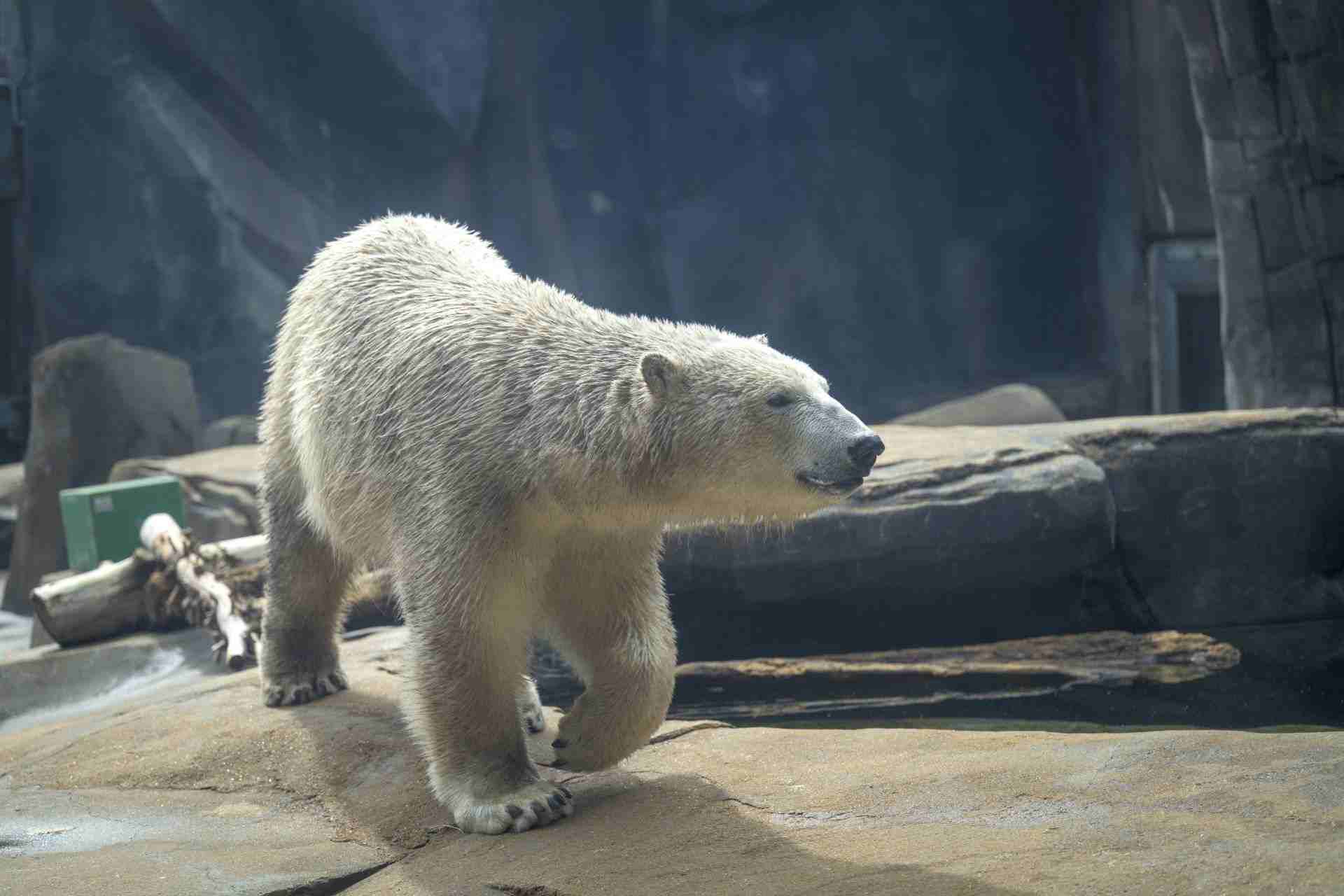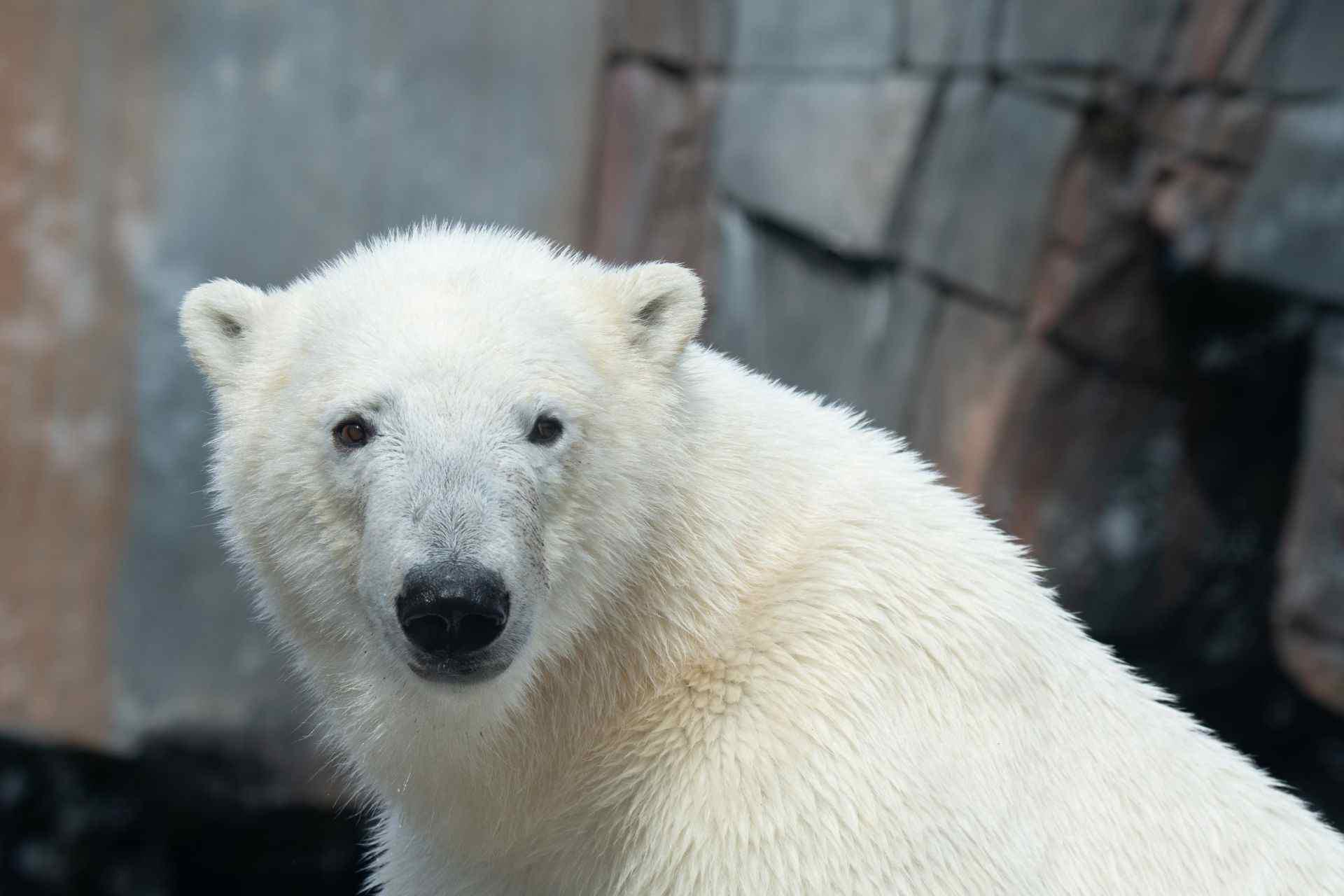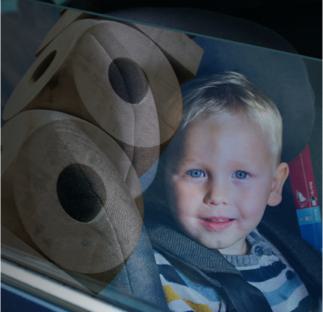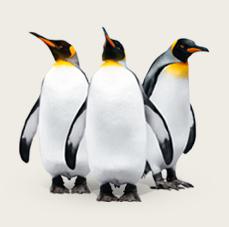As part of a new national initiative to advance polar bear conservation, the Saint Louis Zoo announces plans for male polar bear Kallik to move from Saint Louis Zoo to Oregon Zoo in Portland, Oregon, in late fall 2025. Oregon Zoo announced the move on Sept. 23, including plans to move female polar bear Nora from Oregon Zoo to Henry Vilas Zoo in Madison, Wisconsin.
The moves are part of a comprehensive plan rolled out on Sept. 14, by members of the Polar Bear Population Alliance — a new consortium of Association of Zoos and Aquariums-accredited zoos and aquariums, including the Saint Louis Zoo, focused on maintaining a sustainable, genetically diverse polar bear population in the United States. Polar bears, classified as threatened under the U.S. Endangered Species Act, face a high risk of global extinction due to changes in their Arctic habitat.
Kallik and his twin brother Kallu moved to Saint Louis Zoo's McDonnell Polar Bear Point in March 2025 from the Toledo Zoo & Aquarium. Plans are for Kallu to stay at the Saint Louis Zoo for now. Kallik is expected to leave the Zoo in late fall of this year, and guests are encouraged to stop by to see the duo at Polar Bear Point until then.

Entering Subadulthood
The brothers will turn 3 years old in November, an important milestone in their “subadulthood.” From 2.5 to 5 years old, polar bears experience rapid growth and increased hormone production. This motivates male polar bears to seek more independence as they enter adulthood. Separating Kallu and Kallik at this age will help both males prepare for their next phase of life.
"It's been a privilege to be part of this important stage of Kallu and Kallik's development,” said Julie Hartell-DeNardo, the Saint Louis Zoo Kevin Beckmann Curator of Carnivores. "We've only known Kallik for a short time, but we're going to miss his energetic, playful and curious nature. This summer we saw both bears grow in size and in personality as they developed more distinct play habits, space use and sleeps patterns. These preferences indicate that now is the right time for both males to enter the next stage of their journey toward adulthood."
When they're older, Kallu and Kallik may be recommended to pair with female polar bears, though plans for that have yet to be determined. In the meantime, guests needn’t worry about Kallu and Kallik being on their own. Polar bears generally lead solitary lives except when they’re breeding or raising cubs, according to wildlife biologists.

Conservation
In 2024, the Zoo launched the Saint Louis Zoo WildCare Institute Center for Polar Bear Conservation, a dynamic conservation program focused on protecting polar bears and collaborating with Arctic communities.

